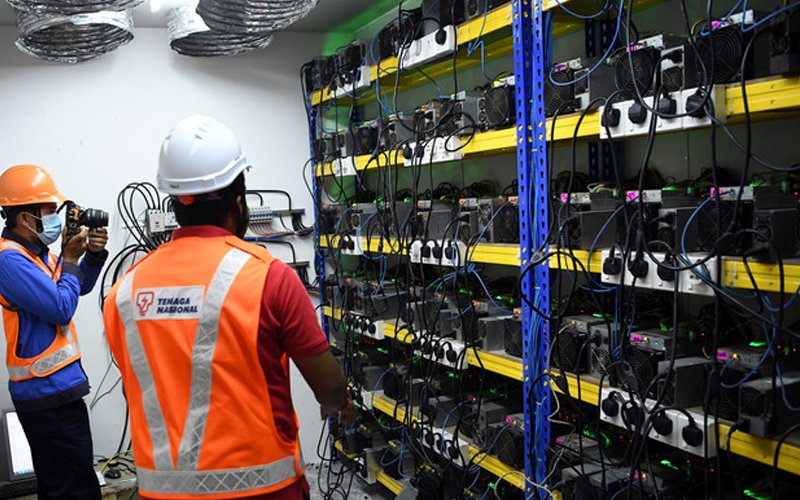The Bitcoin Hash Ribbons indicator, a key metric that tracks the financial health and operational challenges of Bitcoin miners, has signaled the potential end of miner capitulation, according to data from CryptoQuant. This signal suggests that miners may have overcome a period of financial stress and are now re-entering the market with more efficient equipment.
Understanding the Hash Ribbons Indicator
The Hash Ribbons indicator uses the 30-day and 60-day moving averages of Bitcoin’s mining difficulty to gauge the state of the mining sector. When the 30-day moving average crosses above the 60-day moving average, it indicates that miners are recovering from a period of capitulation—where they were forced to sell their holdings due to financial strain. This crossover often aligns with price bottoms, offering investors an opportunity to enter the market at a potentially advantageous time by “buying the dip.”
Mining Difficulty and Profitability Challenges
On August 1, Bitcoin’s mining difficulty, which measures the computational power required to mine a single Bitcoin, reached an all-time high of 90.66 trillion. Although the difficulty has since adjusted slightly downward to 86.8 trillion, it remains significantly higher than historical levels, putting additional pressure on miners’ profit margins.
The increased difficulty has led to a drop in the miner hashprice—a metric that measures miner profitability—reaching record lows of under $36 per petahash per second (PH/s). While the hashprice has since rebounded to around $40 PH/s, it still hovers near dangerously low levels, indicating that miners continue to face significant profitability challenges.
Miners Diversify Amid Profit Squeeze
As mining profitability has been squeezed by rising difficulty and reduced block rewards following Bitcoin’s halving events, some miners are diversifying their operations into other high-powered computing services. For instance, in July, Bitcoin mining company TeraWulf announced its expansion into high-performance computing and artificial intelligence (AI) data centers. The company is constructing a new facility at its Lake Mariner site, dedicating 2 megawatts of power to this new venture.
This move reflects a broader trend among Bitcoin miners to explore alternative revenue streams as traditional mining operations become less profitable.
